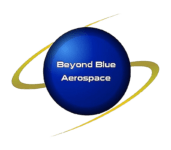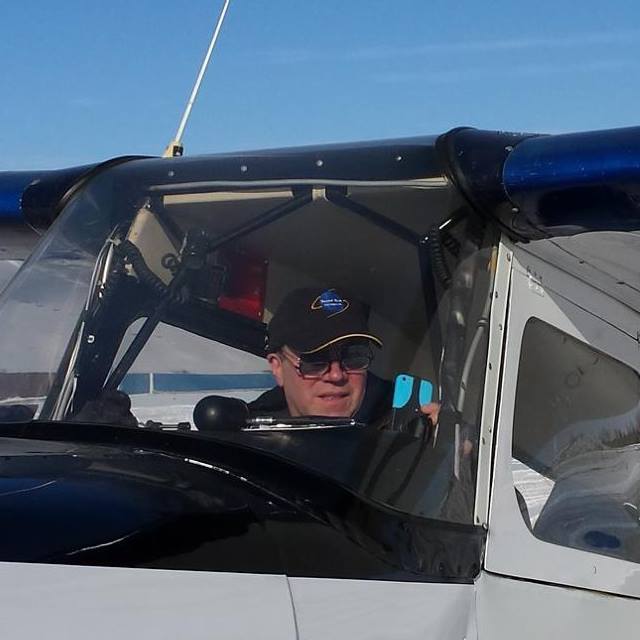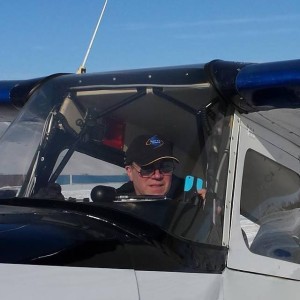In March 2016, two of our pilots will be participating in a University of Texas Medical Branch led Commercial Spaceflight Passenger Training Study at The NASTAR Center.
Our pilots will experience a simulated suborbital spaceflight at The NASTAR Center using its high-performance centrifuge-based simulator. This simulator is capable of generating high onset-offset, sustained acceleration (“G”) forces similar to those experienced in high-performance aircraft or commercial spacecraft.
They will be trained on various human factors aspects of suborbital spaceflight and then evaluated during a full-scale version of a commercial spacecraft profile. The maximum G-level is up to +4Gz (acceleration aligned in the head-to-toe direction, up to 4 times the force of gravity) and up to +6Gx (acceleration aligned in the chest-to-back direction, up to 6 times the force of gravity). During the study, they will be trained on certain techniques that are commonly used to counteract the physiological effects of G-forces.


